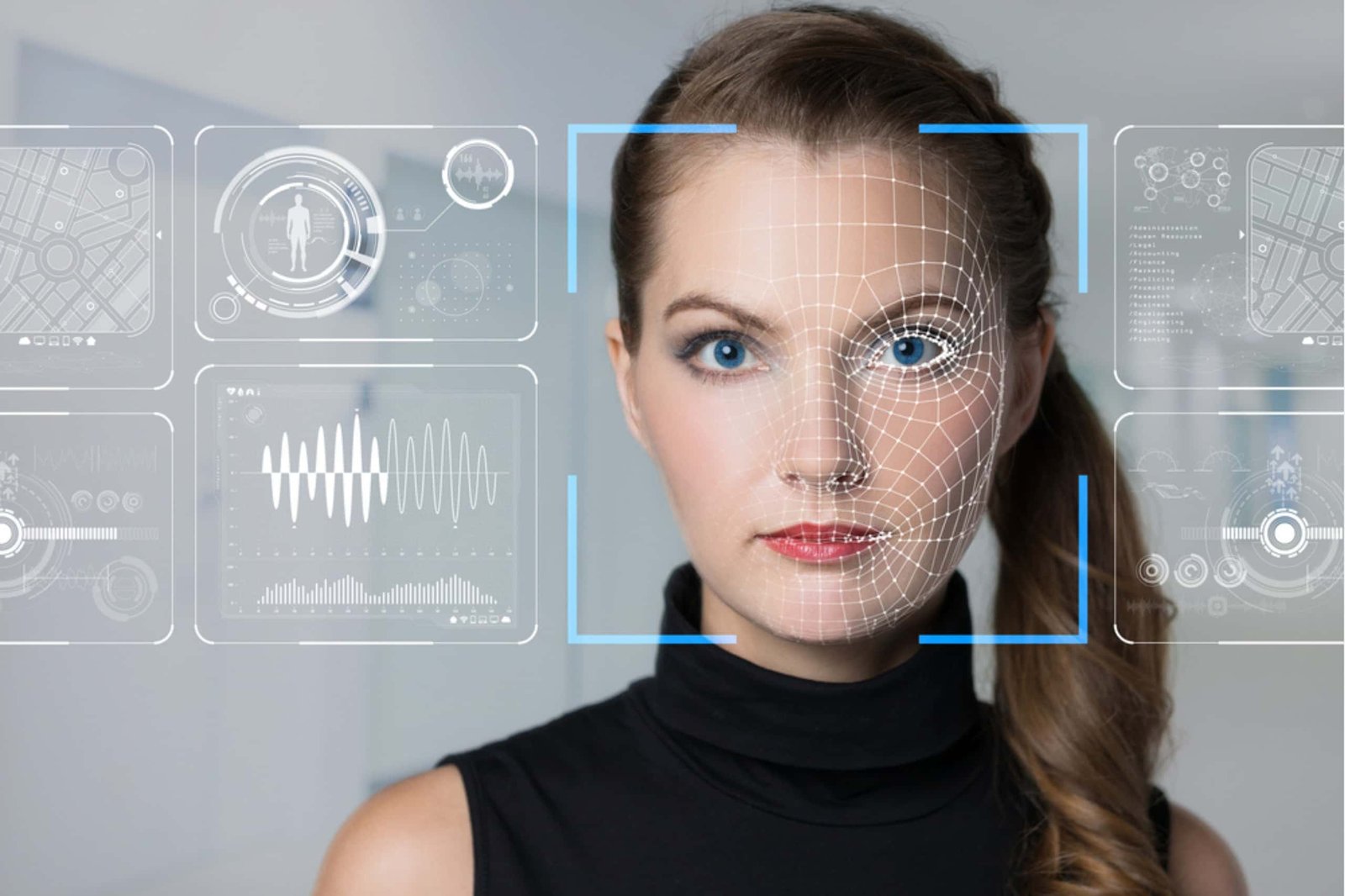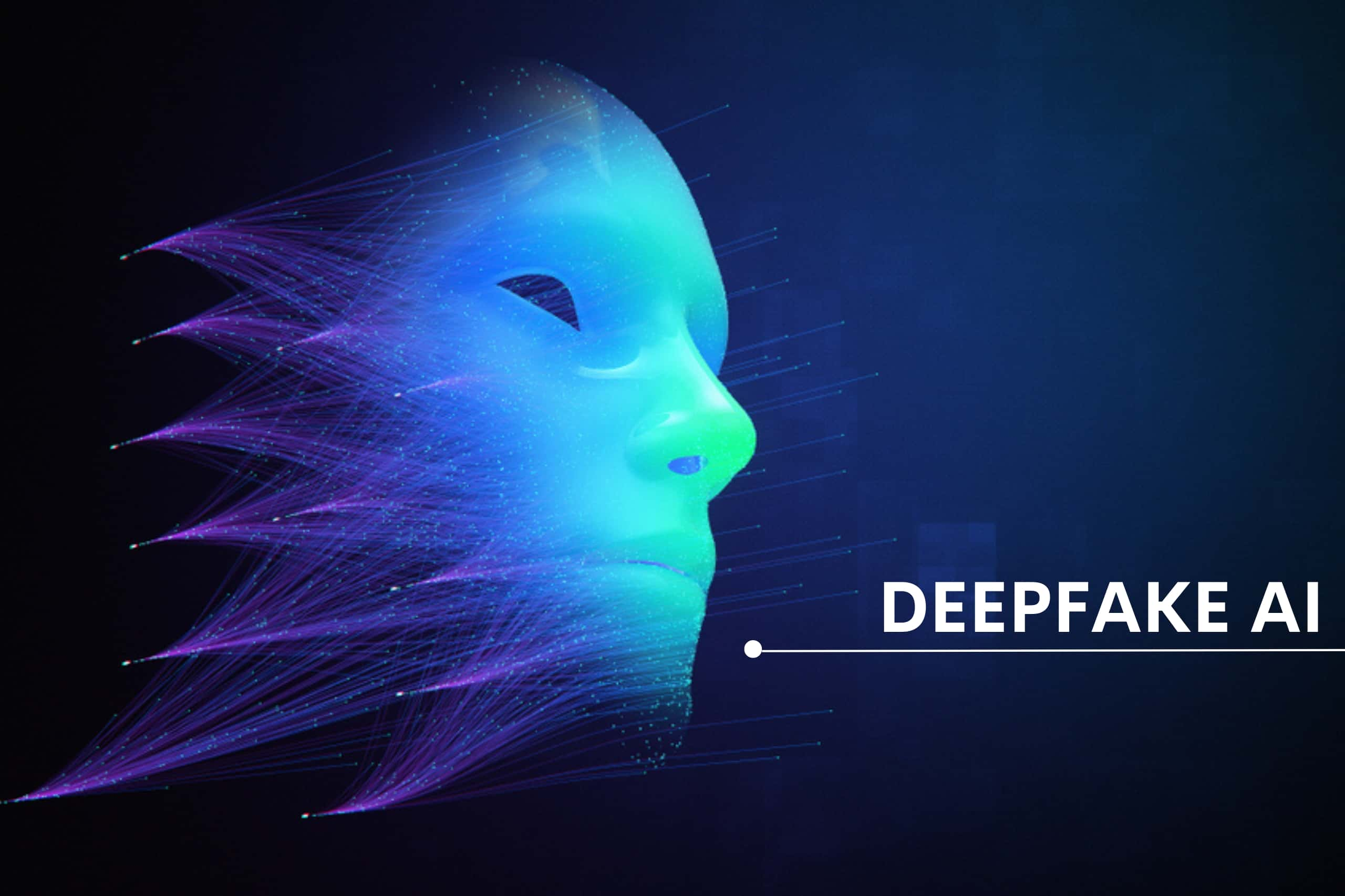The surge of AI and its penetration across the industry and in common lives is evident. If you like to keep pace with the new developments, you would have come across the term Deepfake videos. These videos that look almost similar to the real personality. But the irony is that these videos are fake.
With AI, one can create a replica of a celebrity, which is close to reality. Most of us are contemplating the penetration of AI and how it will replace different tools and technologies. For now, let’s shift our focus to Deepfake videos.
What is a Deepfake video?
These videos use deep learning algorithms to create a realistic but fake image of videos or people. It makes use of a large data set of images and videos of a person to train the neural networks. Eventually, it is able to generate a new image or video, which is the spitting image of the original video.
There are several applications of Deepfake videos like creating content, but they can be misused to misrepresents real people. While keeping all this in consideration, we cannot undermine the fact that it creates a new fantasy world wherein people can create realistic but fake videos of doing or saying things that they never did or said in real life.
This technology has the potential to be used for malicious purposes, such as spreading misinformation or propaganda or impersonating people for financial gain. Deepfake technology can stir a wave of potential threats to privacy and trust in the digitized world.
One of the notable features of this technology is that it is easy to access, and all the tools are available in the public domain, thereby making it easier for people to use these tools to create videos in their interest. Thus it can also trigger concerns regarding the potential abuse of the technology. This will eventually pose a threat to security, privacy, and trust in the digital world.
The whirlwind growth that AI and Deepfake technology has received in recent years is not just on paper; companies are actively working on refining and fine-tuning this technology to make it infallible. So, before we go ahead and explore more about it, let’s have a quick snap at some of the key statistics regarding the same.
Key statistics on how AI is transforming our life
- As per PwC, AI’s contribution to the global economy is going to rise. By 2030, it is expected that AI will be contributing an additional $15.7 trillion to the global economy.
- According to a study by Accenture, using AI will boost productivity by 40% by 2035.
- As per the report of Boston Consulting Group, AI’s intervention in the healthcare segment can help in saving up to $150 billion per year by 2026.
- McKinsey’s study states that AI has the potential to automate 45% of the activities that people are paid to do.
- According to a report by the World Bank, AI has the potential to improve access to education and healthcare, particularly in developing countries.
The above discussion clearly highlights that AI’s intervention will certainly boost productivity and automate most business processes. AI will also open new avenues of job opportunities.
Key statistics on Deepfake videos
- Gartner predicts that Deepfake videos might instigate more cyber-attacks. The study of the Centre for Strategic and International Studies shows that these videos are already being used to spread disinformation, propaganda, and misinformation in at least 36 countries around the world.
- Recently Intel announced a product named FakeCatcher, that promises to detect fake videos with an accuracy of 96%.
Hence, at present, we have a bigger problem staring at us that needs an immediate answer. While technology certainly opens new avenues of opportunities and development, at the same time, it also brings forth questionable situations.
Unfolding the loopholes of Deepfake technology
Deepfake AI technology may look fascinating at the moment. But there are some bigger questions to address. One of the big problems that Deepfake AI can pose is the creation of fake pornographic content. Moreover, it can stir political propaganda, create fake news, or impersonate people in a variety of other ways. The technology has the potential for propagating malicious practices and spreading misinformation.
The way out
While for a naïve person, figuring out the difference between the Deepfake videos and others can be challenging. Here are some ways that might help you filter it out:
- Inconsistencies in facial expressions: In Deepfake videos, the face of the person in the video may not match up with the audio, or the facial expressions.
- Irregularity in lighting or shadows: The lighting and shadows in a Deepfake video may not match up with the real-world lighting in the video.
- Inconsistencies in the background or surrounding objects: If the background or surrounding objects in a video appear to be out of place or inconsistent. This indicates manipulative videos.
- Use of third-party software: Some Deepfake software leaves behind a digital watermark. It may help in identifying the source of the video.
It’s important to note that as technology advances, it becomes harder to identify Deepfakes. Some of these videos may be indistinguishable from real videos. Some experts recommend using multiple methods to identify Deepfakes, such as using multiple forensic techniques to analyze videos or comparing the video to other content to see if there are inconsistencies.
It’s important to be critical of the information we see online and to fact-check information from unknown sources. Additionally, supporting the efforts to develop Deepfake detection tools and raising awareness about the potential risks of Deepfake technology is paramount.
Is there any benefit of Deepfake videos?
While most of us associate the Deepfake vidoes with the challenges they pose, but it has some benefits. These videos find application in the entertainment industry, education, and research. For example, Deepfake technology can be used to create realistic special effects in movies and TV shows or to create realistic simulations for training purposes.
What does the future look like?
Regulations and laws around Deepfake videos are still in the works and not consistent across the globe. So it’s important to be aware of the laws regarding these videos in your location. At the same time, one needs to closely assess these videos, and fact-check the information from known sources before trusting them.










